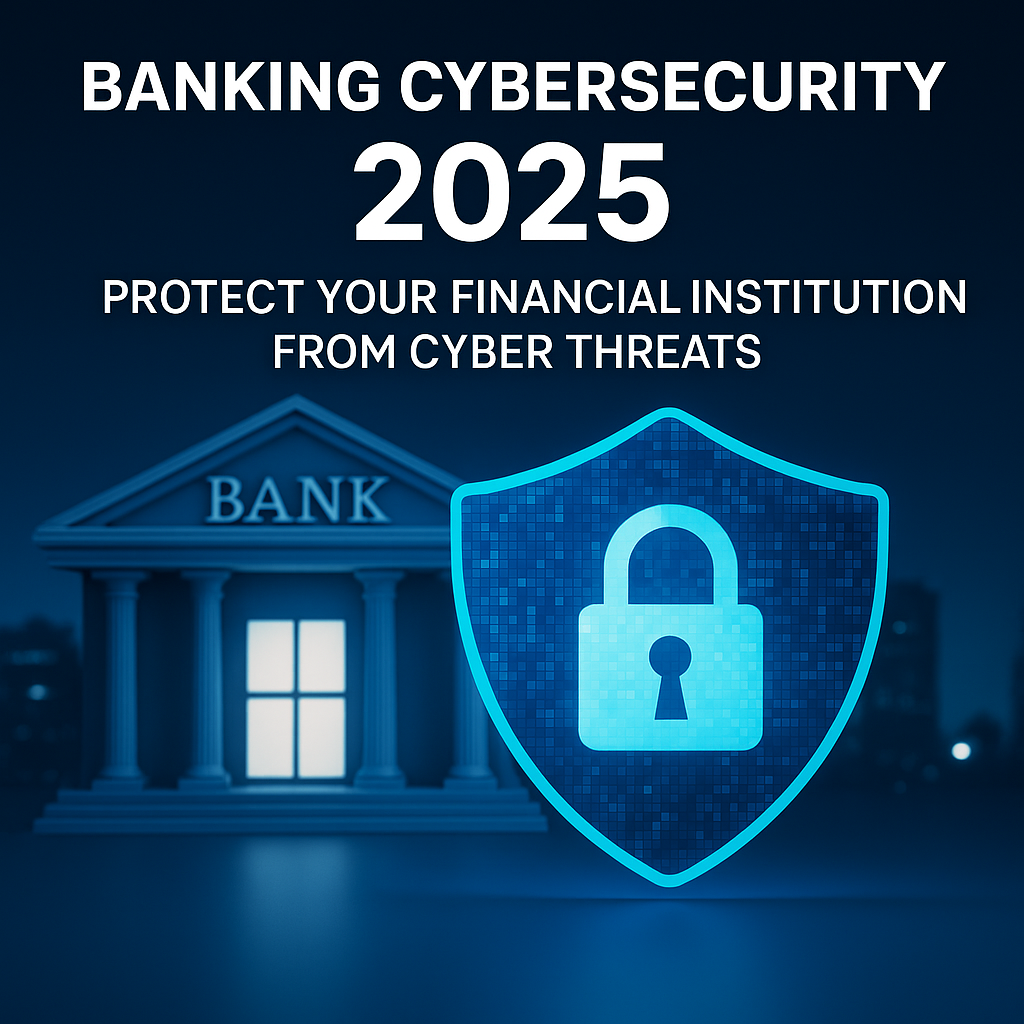The banking sector stands at the forefront of technological innovation, offering customers unparalleled convenience through digital platforms. However, this digital transformation has also expanded the attack surface, making financial institutions prime targets for cybercriminals. In 2025, banks must proactively address evolving cybersecurity threats to safeguard sensitive data and maintain customer trust.
Key Cybersecurity Threats Facing Banks Today
1. AI-Driven Phishing and Deepfake Scams
The advent of generative AI has revolutionized phishing attacks. Cybercriminals now craft highly convincing emails and voice messages, impersonating bank officials to deceive customers and employees. These sophisticated scams have led to significant financial losses and eroded trust in digital communications.
2. Supply Chain Vulnerabilities
Banks increasingly rely on third-party vendors for various services. However, these partnerships can introduce vulnerabilities if vendors lack robust cybersecurity measures. Compromised third-party systems can serve as entry points for attackers to infiltrate bank networks.
3. Advanced Persistent Threats (APTs)
APTs involve prolonged and targeted cyberattacks where intruders gain unauthorized access to a network and remain undetected for extended periods. These threats can lead to substantial data breaches and financial losses if not promptly identified and mitigated.
4. Legacy Systems and Unpatched Software
Many banks continue to operate on outdated systems that lack modern security features. Unpatched software can harbor known vulnerabilities, providing easy access points for cyber attackers.
5. Insider Threats
Employees, whether malicious or negligent, can pose significant security risks. Unauthorized access, data mishandling, or falling victim to social engineering tactics can lead to internal breaches.
Strategic Solutions to Enhance Cybersecurity
1. Implement Multi-Factor Authentication (MFA)
Strengthen access controls by requiring multiple verification methods, reducing the risk of unauthorized account access.
2. Regular Security Audits and Penetration Testing
Conduct comprehensive assessments to identify vulnerabilities and test the effectiveness of existing security measures.
3. Employee Training and Awareness Programs
Educate staff about cybersecurity best practices, phishing recognition, and proper data handling to mitigate insider threats.
4. Invest in Advanced Threat Detection Systems
Deploy AI-powered monitoring tools to detect and respond to unusual activities in real-time, enabling swift incident response.
5. Strengthen Vendor Management Protocols
Establish stringent cybersecurity requirements for third-party vendors and regularly assess their compliance to minimize supply chain risks.
Final Thoughts
As cyber threats continue to evolve in complexity and scale, banks must adopt a proactive and comprehensive approach to cybersecurity. By addressing current vulnerabilities and implementing robust defense mechanisms, financial institutions can protect their assets, uphold customer trust, and ensure regulatory compliance.
Need expert guidance on fortifying your bank’s cybersecurity posture? Contact us today to learn how our tailored solutions can help safeguard your institution against emerging threats.

